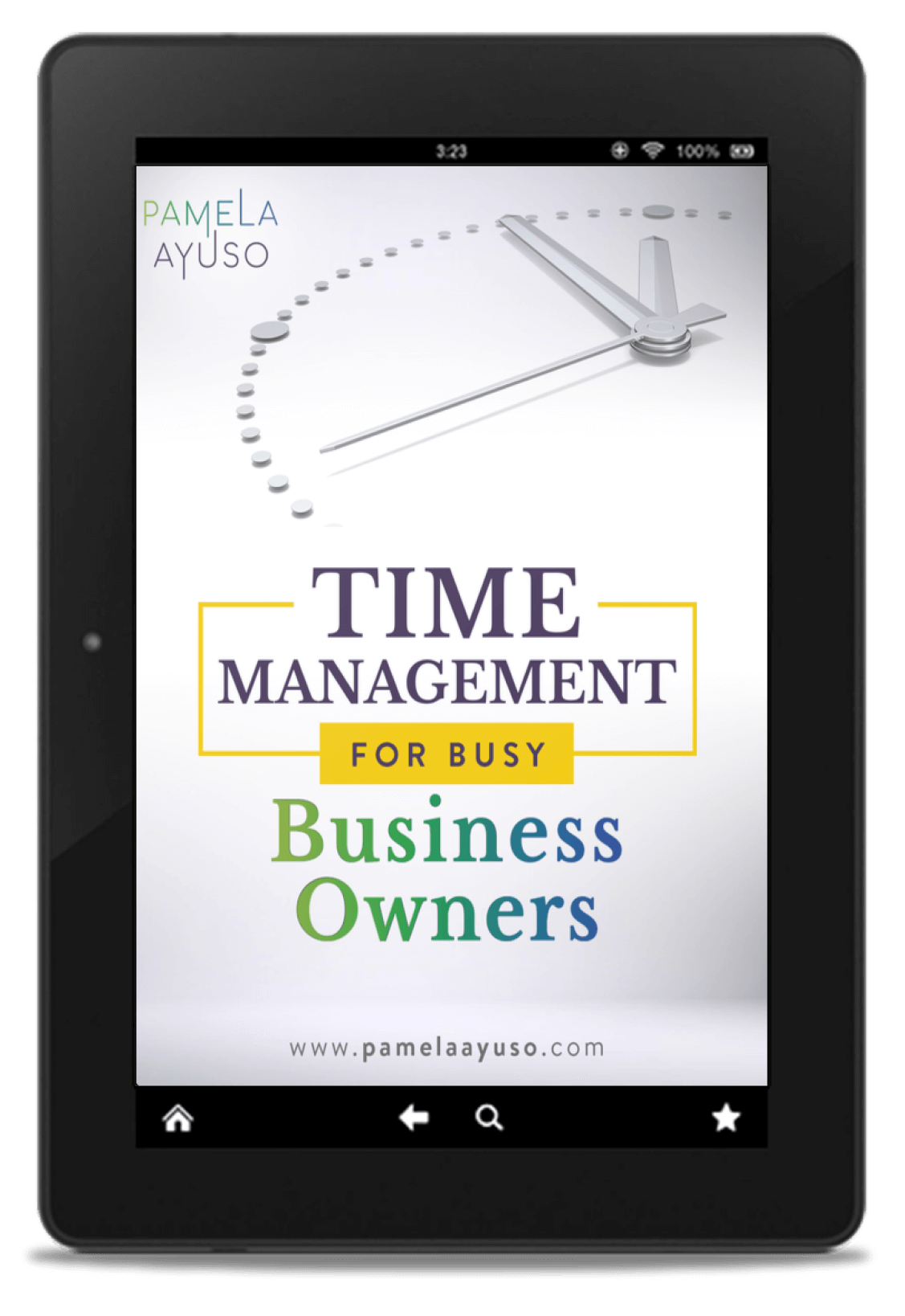Every day, there are thousands of actions that are executed in your business. Walking through your office space, you might hear Susan following up on a client’s question. Jim in Human Resources is starting the hiring process for a new employee in administration. Next door, Alex in Accounting is set to pay payroll the next day.
Each process is different, but they are easy to organize if they are defined by type. This will not only help you structure them more easily, but will also help you better manage them, once there.
Broadly speaking, processes can be organized into two different classifications: recurrent and sequential processes. There is a third category: future processes. They include what I call ad hoc tasks and relates to a set of actions that occur for a specific reason and have not yet been organized into a process.
![[Photo: Lauren Fleischmann/Unsplash]](https://www.pamelaayuso.com/wp-content/uploads/2021/01/lauren-fleischmann-470120-unsplash.jpg)
[Photo: Lauren Fleischmann/Unsplash]
The Three Categories
1. Recurrent Processes
Recurrent processes are those that are repeated the same way, every certain amount of time. They are the most common type.
These processes can be daily, weekly, monthly, quarterly, yearly, etc. A recurrent process can also occur on the second Tuesday of every month. Examples include: calculating and paying out yearly bonuses, weekly approval of outgoing checks, or monthly air conditioning maintenance.
They are anything that is done again and again, at fixed intervals. Recurrent processes are the pillars of a person’s responsibilities: they contain the accumulated knowledge of what occurs in each position. These are the most important tasks and should be completed every day as a priority over everything else.
In my business’ accounting area, we have grouped in a single day all the repeating tasks related to income. On that day, our accounting team members will look at everything that has to do with revenue. She reviews all the payments received during the week, ensuring that they are properly recorded in the accounting system. Additionally, she looks at credit memos given to customers and reviews that were properly calculated and applied. Everything that she needs to execute for a given accounting area is enumerated in the process so that she only touches income once a week.
The idea is to follow what is known as the OHIO principle: Only Handle it Once. As its name states, you don’t waste time by picking up a task, stopping, and coming back to it, but rather, you do it completely, once you start working on it. Therefore, every certain amount of time, you focus on that given area once.
Other benefits of implementing recurrent processes are:
-
Create routines: Recurrent processes allow employees to set up routines because they know what day they work on what process. The accounting employee in the example above can, therefore, plan her schedule. If someone has a question related to income and she knows that work is usually done on the following day, she can put it in her pile for the next day, solving the issue more efficiently.
-
Never forget anything: Having these types of processes helps you to systematize tasks that do not occur that often. You can have a yearly event for clearing out old, archived documents, as well as classifying and organizing new ones. Also, payments or newsletters that go out only twice a year can be put into processes. This way, you will never overlook any important, infrequent activity.
![[Photo: Aaron Burson/Unsplash]](https://www.pamelaayuso.com/wp-content/uploads/2021/01/aaron-burson-242124-unsplash.jpg)
[Photo: Aaron Burson/Unsplash]
2. Sequential Processes
Sequential processes describe a set of steps that have to be taken every time a certain event occurs. A sequential process is basically a checklist.
For example, hiring a new person follows a sequential process with key steps that follow a set order. To start the process, you post the available position and receive resumes. A questionnaire may be sent out, and you then perform telephone interviews. Next, you do an in-person interview and finally, select a candidate and negotiate the offer.
The broad tasks are logical and easy to remember, and each main step has detailed sub-steps. If you don’t set up a checklist, you will undoubtedly forget something. In the previous example, the list of places where you advertise the new position should be included in the first task. If this subtask isn’t included, each time you want to hire someone, you will need to think back to remember the resources that you previously used.
What you create is a live checklist that is constantly updated. This has several advantages:
-
It allows you to replicate the process each time that it is necessary, obtaining a consistent result.
-
As with recurrent processes, it can be continuously updated, ensuring that your processes will continue to improve.
-
By using a project management system that allows you to archive your information, you will have a record of all the steps you took for future reference.
A sequential process can be as simple or complex as necessary, assigned to one or multiple people. The critical element is that it lists all the steps that need to be taken in a given event.
3. Future Processes
Many future recurrent and sequential processes start out as one-off reminders. Ad hoc tasks are those that are not part of an existing process. They are items that need to be done on a one-time basis and are not repeated. An example is a reminder to yourself to find out about a new tax law you heard about at last night’s networking event or following up with one of your suppliers on a specific color of paint you need.
The key to ad hoc tasks is to write them down and record them on your to-do list as soon as possible. Since they are unrelated to anything else, they are easily forgotten. Sometimes, these tasks are the most important ones and once on your to-do list, the task is more likely to be completed.
These three buckets are in continuous flux. The goal is to move ad hoc tasks to the first two process categories, as much as possible. If you find that you are frequently coming back to the same type of ad hoc task, it is probably part of a larger process, and it can be systematized.
![[Photo: Bruno Ramos Lara/Unsplash]](https://www.pamelaayuso.com/wp-content/uploads/2021/01/bruno-ramos-lara-5136-unsplash.jpg)
[Photo: Bruno Ramos Lara/Unsplash]
Putting It All Together for a Brighter Future
The more tasks are put into either recurrent or sequential processes, the more organized your firm will become. You will begin to deliver consistent results and a higher quality product.
This post was originally published in 2017 and has since been updated and recirculated for 2021.



